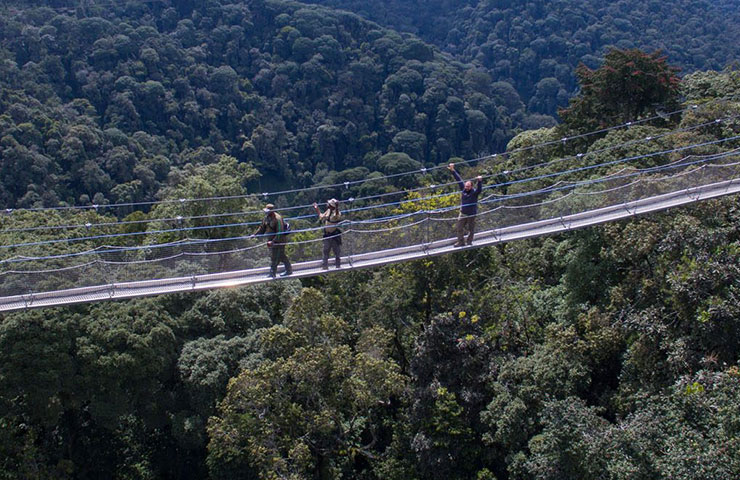What age is required to participate in the canopy walk experience; Canopy walk experiences, often nestled in lush and verdant landscapes, offer a unique and exhilarating way to explore the treetops. As these attractions gain popularity, it becomes essential to establish age requirements that balance the thrill of adventure with the imperative of ensuring participant safety. In this write-up, we delve into the considerations and factors that influence the determination of the minimum age for engaging in canopy walk experiences.
The age of the canopy walk experience varies among different providers and locations. However, common benchmarks range from 6 to 12 years old. Providers typically base these requirements on a combination of safety considerations, the complexity of the canopy walk, and the level of physical exertion involved. For instance, a canopy walk with more challenging terrain may have a higher age requirement.
Safety as the foremost concern:
The primary concern when setting age requirements for canopy walks is safety. Canopy walks involve traversing suspended bridges and platforms high above the ground, necessitating a certain level of physical coordination and understanding of safety protocols. Younger individuals may not possess the cognitive abilities to comprehend and adhere to safety guidelines, increasing the risk of accidents.
Physical Requirements:
Apart from cognitive abilities, physical capabilities play a crucial role in navigating canopy walks safely. The ability to maintain balance, coordination, and control over one’s body is essential. While age alone is not a definitive indicator of these capabilities, it is often used as a proxy. Children may lack the strength and motor skills required to maneuver through the elevated walkways without assistance or undue risk.
Educational and developmental factors:
Another aspect influencing age requirements is the educational and developmental stage of the participants. Canopy walks often present opportunities for learning about the environment, ecosystems, and biodiversity. However, comprehension and appreciation of such information may vary based on a participant’s age. Providers may set minimum age limits to ensure that participants can derive educational value from the experience.
Parental supervision and informed consent:
While age requirements are crucial, the role of parental supervision and informed consent cannot be overstated. Younger participants may be allowed to partake in canopy walks under the direct supervision of parents or guardians. In such cases, providers may mandate that parents assess their child’s suitability for the activity and sign consent forms acknowledging the associated risks.
Adapting to Individual Abilities
Recognizing the diversity in individual abilities, some canopy walk providers may adopt a case-by-case approach. Rather than relying solely on age, they may assess participants based on their physical and cognitive capabilities. This personalized evaluation ensures that those who can safely and confidently engage in the activity are not excluded based on age alone.
In conclusion, age is required to participate in the canopy is determined the appropriate age for canopy walk experiences involves a delicate balance between fostering adventure and prioritizing safety. Safety considerations, physical requirements, educational factors, and parental supervision all contribute to the establishment of age requirements.
While age serves as a convenient benchmark, it is crucial for canopy walk providers to consider individual abilities and adopt flexible approaches to accommodate a diverse range of participants. Striking this balance ensures that canopy walks remain enjoyable, educational, and, above all, safe for participants of all ages.

